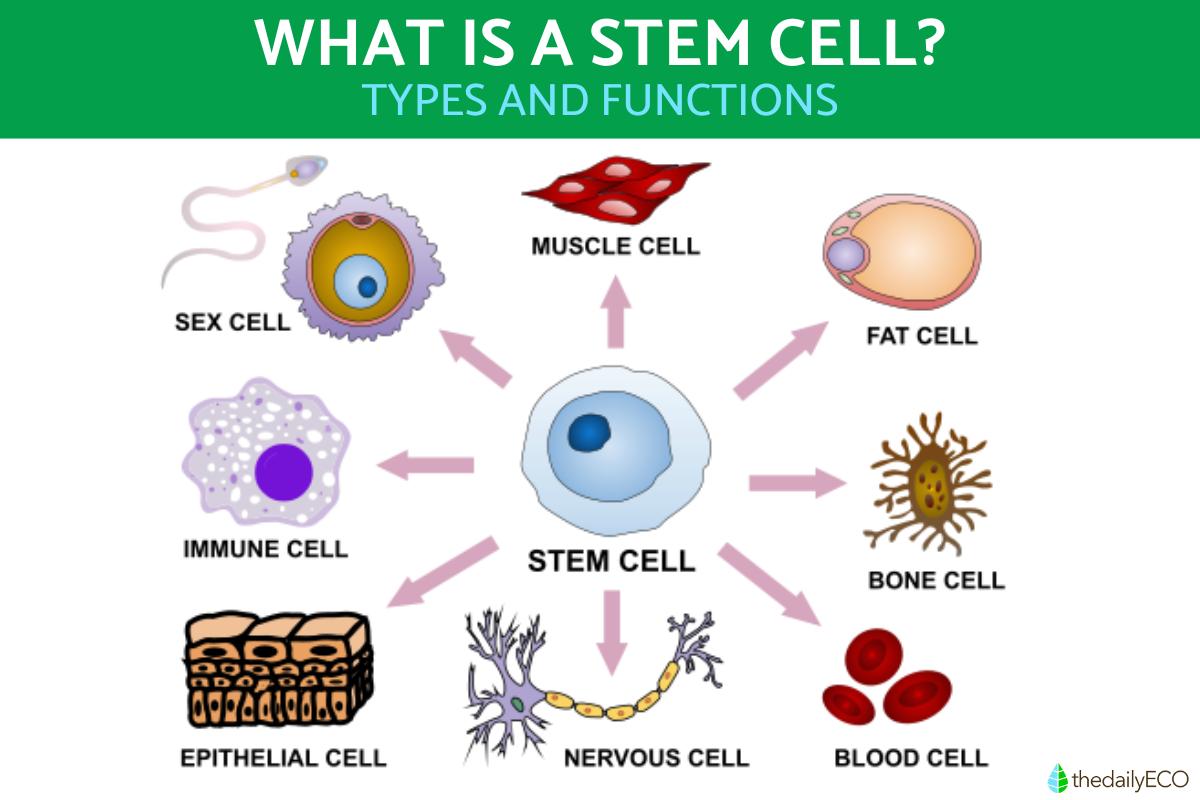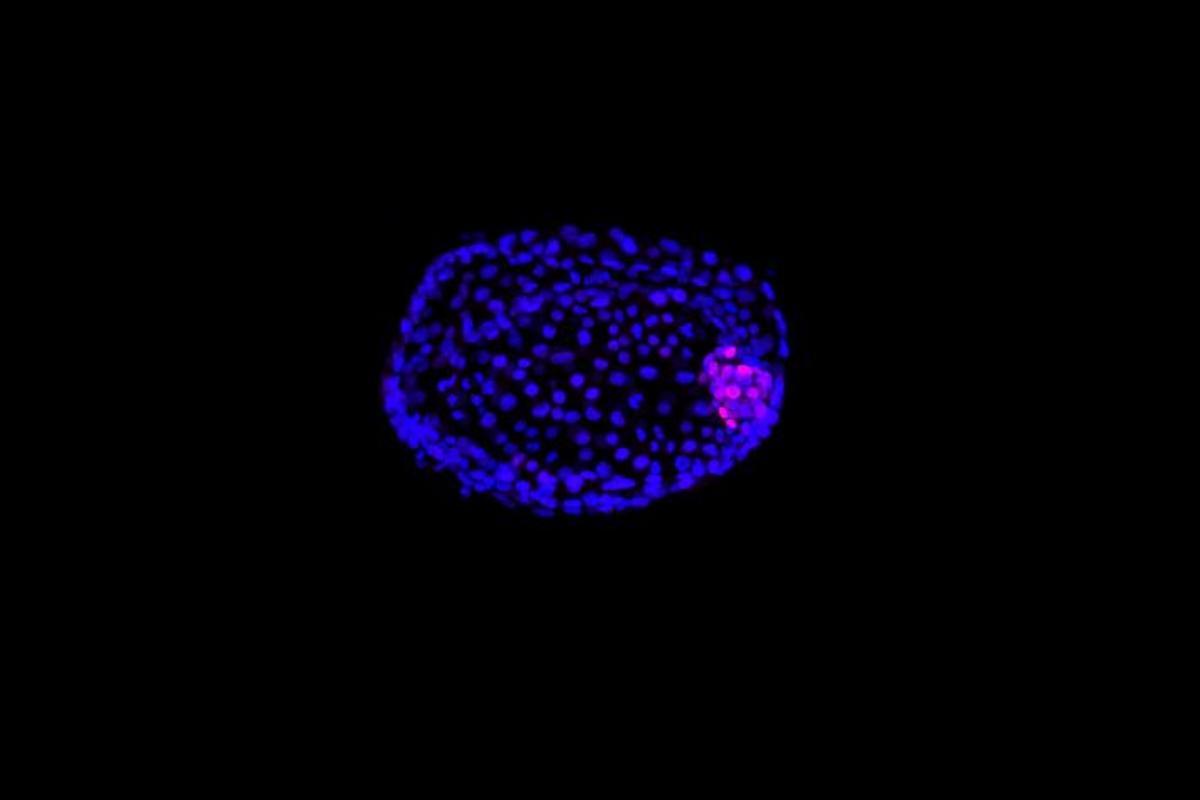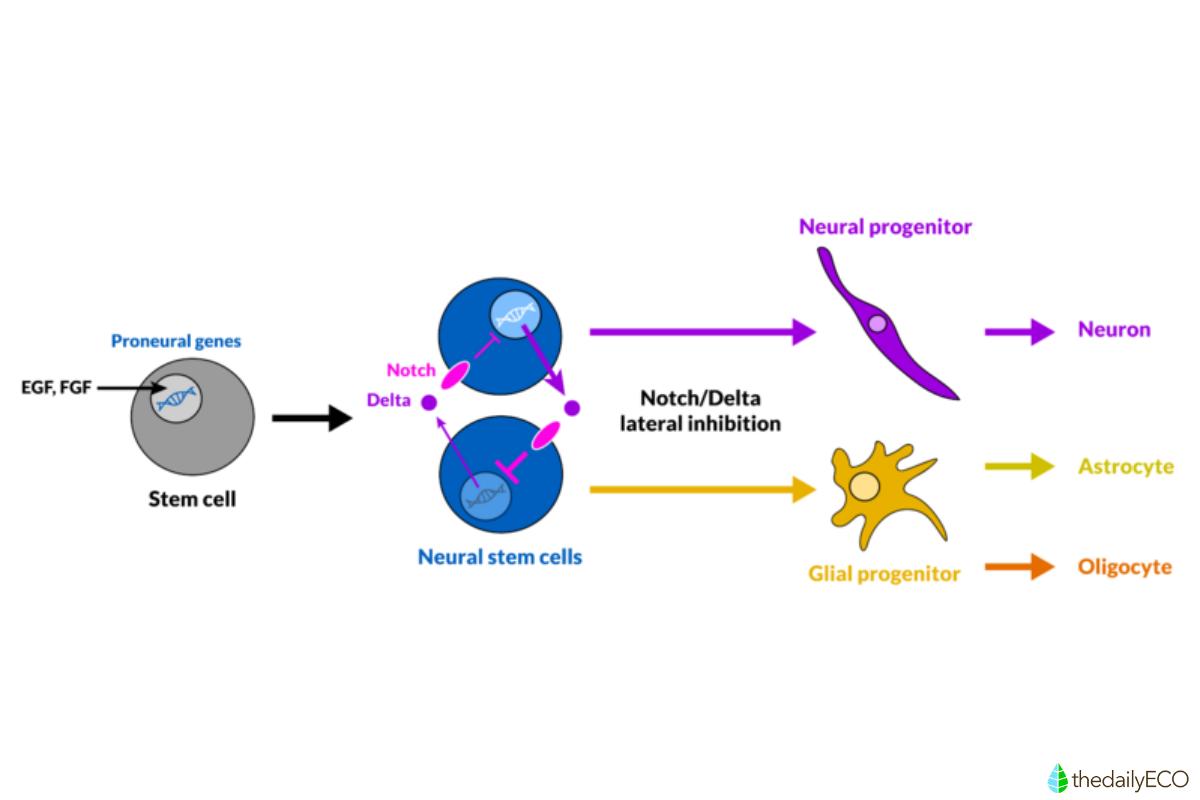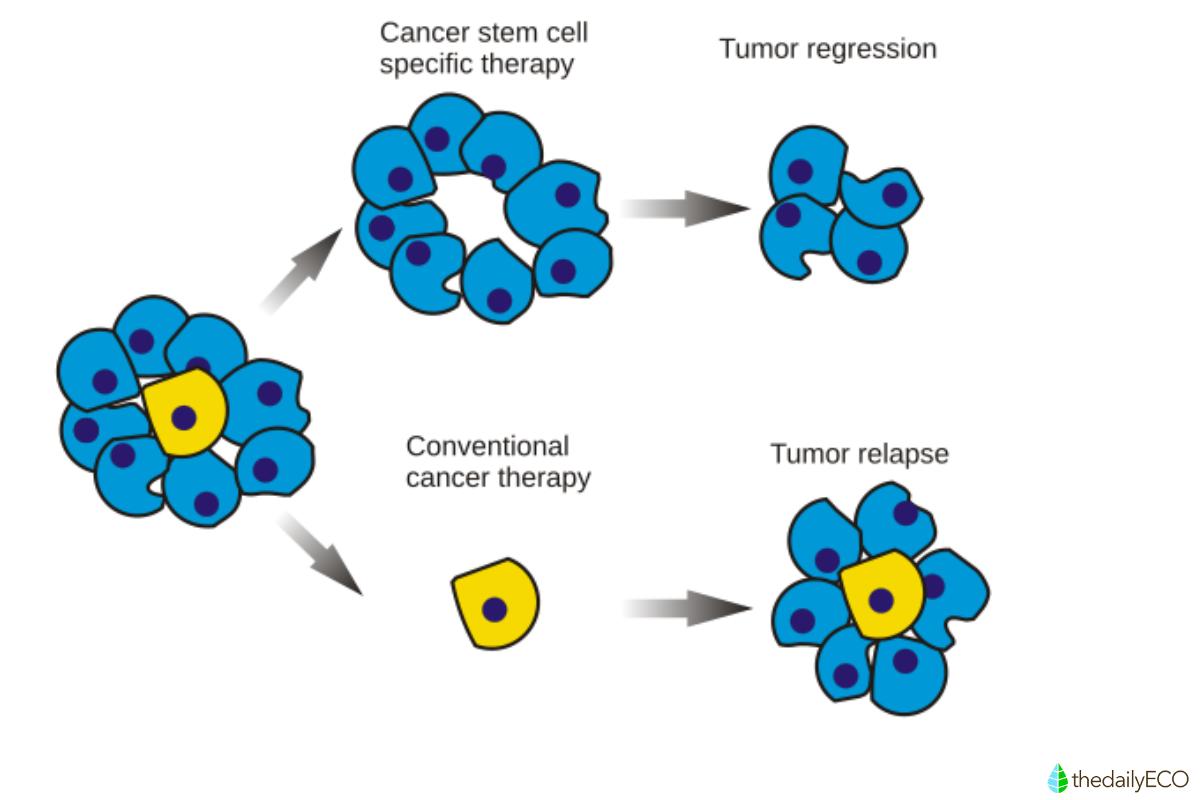What Is a Stem Cell and What Does It Do?


Living organisms are complex systems made of different types of cells, but which typically begin with only one or two cells. The amount of cells required will depend on the mode of reproduction. Within these initial cells are all the genetic information required to create the new organism, acting as the building blocks for life. After development, new cells can be generated to carry out various important processes such as repairing tissues. They can do so thanks to the information which is contained within certain specialized cells which are necessary for life to continue. thedailyECO reveals more about the nature of these cells by asking what is a stem cell and what does it do?
What is a stem cell?
A stem cell is a type of undifferentiated or partly differentiated cell that is capable of generating other cells that are more specialized than itself. They do so in order to form tissues and organs with particular functions. All other cells are formed from these initial stem cells and are known as daughter cells. Daughter cells are morphologically and functionally different from stem cells.
A stem cell can generate a large number of specialized cells, both in terms of variety and number. There are both embryonic and adult stem cells. The former are found only in six-to-eight-day-old embryos in humans and build a complete organism. Adult stem cells only assist in cases of tissue or organ damage. An example of an embryonic stem cell can be seen in the image below.
Where are stem cells located?
As we have explained, stem cells create other cells by providing the genetic information they need to develop. There are multiple types of adult stem cells. Each one is located in different area, depending on the tissues they will form. These areas are known as niches. For example, stem cells in the bone marrow generate blood cells. Other examples of stem cells according to location include the following:
- Liver: stem cells form into hepatocytes.
- Neuronal tissue: they form neurons.
- Muscle: includes satellite cells (SCs) which repair damaged tissue.
Embryonic stem cells are found within the inner cell mass of the embryonic blastocyst. In addition to embryonic and adult stem cells, there are also artificially generated stem cells known as induced pluripotent stem cells (iPSCs). These are stem cells generated by genetic manipulation and can help further research in to medicine. Learn more with our article sharing the three main types of stem cell.
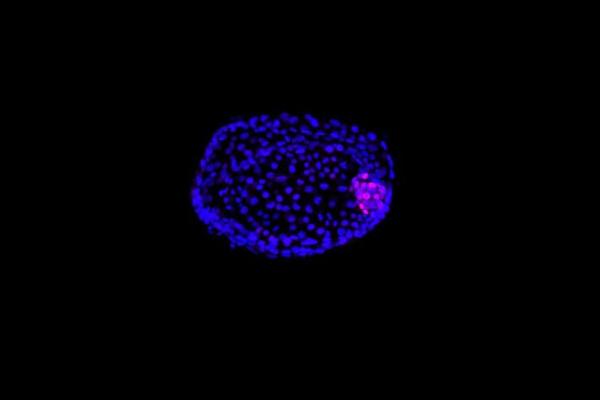
Characteristics of a stem cell
Both embryonic and adult stem cells have certain characteristics in common. The two main characteristics of stem cells are:
- Potentiality: the stem cells can generate mature cells of different origin, for example blood or muscle cells.
- Self-renewal: they can divide and proliferate to generate other stem cells, doing so indefinitely. Their telomeres (important parts of genetic material) are longer than those of already differentiated cells, an important characteristic in their division since cellular aging is related to the shortening of telomeres.
Additional features of stem cells include:
- Undifferentiation or part-differentiation: they are not yet mature cells and are either undifferentiated or only partly differentiated.
- Low immunogenicity: that is, they do not generate an immune response as if they were an external agent.
- Two types of division: symmetric and asymmetric cell division. In the symmetric division, two stem cells are generated from the division of an initial cell. In the asymmetric division, a differentiated cell and another stem cell are generated from a stem cell.
- Mechanisms that protect the cell: they have high protection against external agents and have a detoxification system against agents that are toxic to the cell.
In addition to stem cells, take a look at our related article to find out about the different types of cells we can find in biology.
What are stem cells used for?
Stem cells are used to form multicellular adults from the embryo stem cell. They do so that it can develop all the types of cells it needs to form organs with tissues with specialized functions. They are the cells at the beginning of cell lineage, i.e. the life cycle of a cell.
The other function of stem cells is of vital importance in already developed organisms. Most importantly, they are used for tissue repair. If it were not for stem cells, wounds would be lethal. Internal deterioration of organs would occur without being able to regenerate. This would also result in the death of the organism. In the image below we see how stem cells transform into other cells.

Importance of stem cells
There are two basic reasons that explain the importance of stem cells and their necessity in living organisms. They are:
- Their ability to form fully developed organisms from only very few cells. Thanks to stem cells, embryonic development can be completed.
- They allow the body to be in a state of constant maintenance and repair.
In addition to the inherent activities that these cells carry out within organisms, there is a wide application of stem cells.
Application of stem cells in biotechnology and medicine
These cells have greatly helped biotechnology research and its application in the medical field. Their study has led to a better understanding of how cells function, as well as how diseases develop. They are studied in vitro by differentiating them to create more cells and studying their behavior and structure.
If you want to learn more about how stem cells can advance these fields in an ethical way, take a look at our article asking what is green biotechnology?
Application of stem cells in cell therapy and tissue repair
Stem cell research has been applied to cell therapy and tissue repair in cases where there is very serious damage due to disease. In these cases, external assistance is required via the use of cell replacement. This is known as regenerative medicine and stem cell banks are beginning to be built for use in clinical therapies.
The technology that has been developed around these cells has led to the consideration and prospecting of the possibility of creating new organs to be used for organ transplants. There are ethical, political and religious issues that are currently being debated about whether or not it is correct to be generating artificial organs.
Some of the diseases in which stem cells might used in different forms of treatment are Parkinson's, diabetes, cancer, bone disease, arthritis, heart disease and many others. For example, in cases of cancer, stem cells are used for anti-tumor therapies. They have also been used as an in vitro model for clinical testing, meaning researchers can avoid the use of living models.
Below is a diagram showing how stem cells can be used in cancer treatments to target specific cells and reduce the chance of tumor regression. Take a look at our related article to discover more about why the study of cells is so important.
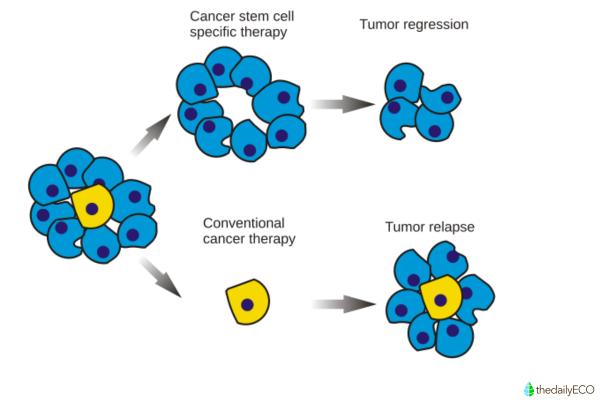
If you want to read similar articles to What Is a Stem Cell and What Does It Do?, we recommend you visit our Biology category.
- López, J. (2004). Stem cells: the mother of all cells. Hélice Publishing House: Madrid.
- Bodine, D. (2020). Stem cell.
https://www.genome.gov/genetics-glossary/Stem-Cell - Mata-Miranda, M., Vázquez-Zapién, G.J., & Sánchez-Monroy, V. (2013). Generalities and applications of stem cells. Perinatology and Human Reproduction, 27(3), 194-199.





